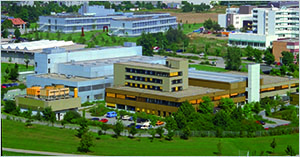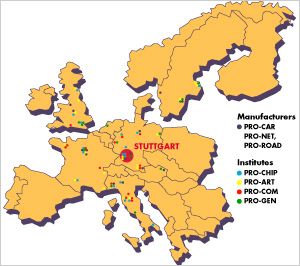About us
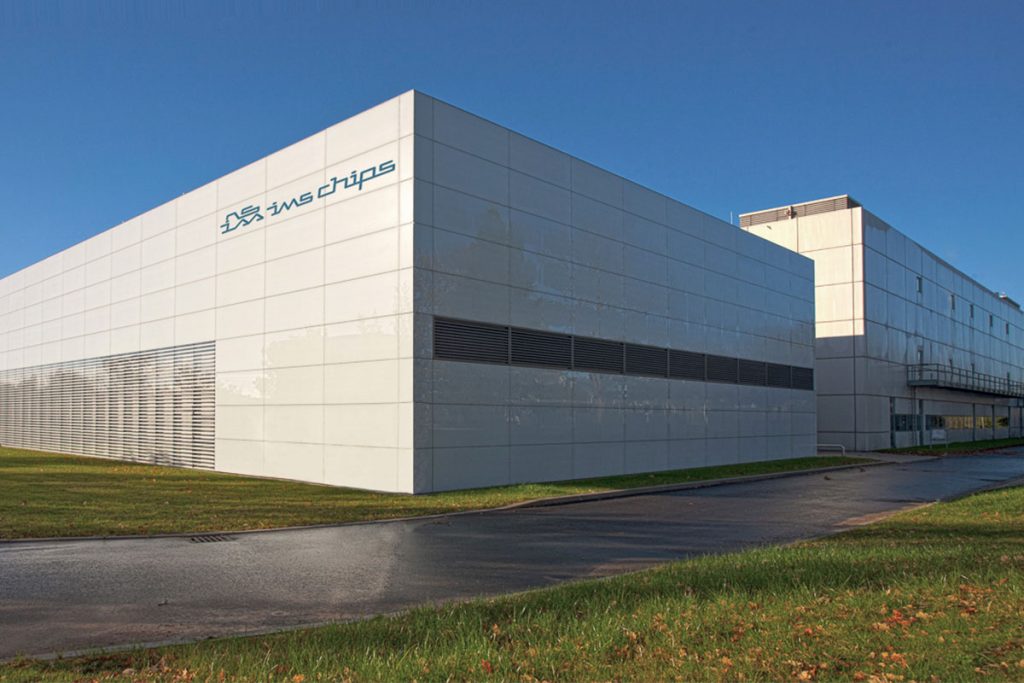
Institut für Mikroelektronik Stuttgart
Civil law foundation
Member of the Innovationsallianz Baden-Württemberg
Executive Director of the Institute: Prof. Dr. Niels Quack
Foundation: 1983 by the state of Baden-Württemberg
Number of employees: +100
Operating budget: 18,3 million euros
History
2022
 Nano-HySiF project Nano-HySiF project |
|
 Wafer with AI chips Wafer with AI chips |
|
 Springer Theses Prize Springer Theses Prize |
|
 |
|
 SensIC project SensIC project |
|
 PhotonQ project PhotonQ project |
|
2023
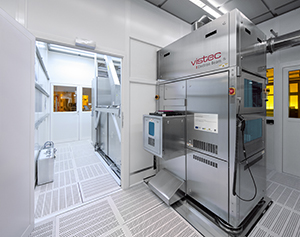 Vistec E-Beam SB255 |
|
 |
|
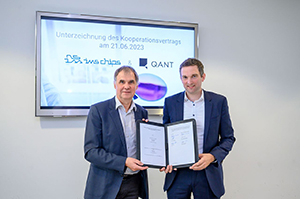 Prof. Dr. Joachim Burghartz and Michael Förtsch, Managing Director of Q.ANT |
|
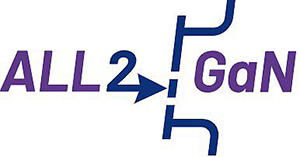 |
|
 © Kuzmick – stock.adobe |
|
2020
 |
|
 The Minister of Commerce, Dr. Nicole Hoffmeister-Kraut, delivers the authorization for the “BW CPS” project
The Minister of Commerce, Dr. Nicole Hoffmeister-Kraut, delivers the authorization for the “BW CPS” project |
|
 Multi-Elektrode Chip
Multi-Elektrode Chip |
|
 |
|
 |
|
 Concept for optical particle measurement Concept for optical particle measurement |
|
2021
 MikroSystemTechnik Kongress 2021
MikroSystemTechnik Kongress 2021 |
|
 |
|
 First Place Best Paper Award
First Place Best Paper Award |
|
 |
|
 |
|
 |
|
2018
 Coverstory in IEEE Journal
Coverstory in IEEE Journal |
|
 |
|
 ParsiFAl 4.0 project
ParsiFAl 4.0 project |
|
|
|
 |
|
 |
|
2019
 EUV stepper system with sketched beam path of the EUV light EUV stepper system with sketched beam path of the EUV light |
|
 Wafer with Si energy filter membranes
Wafer with Si energy filter membranes |
|
 |
|
 Fully automated standard measurements of high-performance electronics
Fully automated standard measurements of high-performance electronics |
|
 |
|
 Dürr Supplier Award ceremony
Dürr Supplier Award ceremony |
|
2016
 Lithium-ion cells with embedded system to monitor functions
Lithium-ion cells with embedded system to monitor functions |
|
 Photonic chip with echelle grating for fast optical data communication
Photonic chip with echelle grating for fast optical data communication |
|
 |
|
 |
|
 Minister of Economic Affairs Dr. Nicole Hoffmeister-Kraut handed over a funding notification
Minister of Economic Affairs Dr. Nicole Hoffmeister-Kraut handed over a funding notification |
|
2017
|
|
 TENECOR EEG chip
TENECOR EEG chip |
|
|
|
 |
|
 6” GaN on silicon and 2” bulk GaN wafer
6” GaN on silicon and 2” bulk GaN wafer |
|
 innBW institute
innBW institute
|
|
2014
 FlexPacFAM – flexible packaging
FlexPacFAM – flexible packaging |
|
 Photo diode ASIC placed on laser diode Photo diode ASIC placed on laser diode |
|
 Intelligent Service Robotic through 3D imaging and processing
Intelligent Service Robotic through 3D imaging and processing |
|
 Self-adapting intelligent multi-aperture camera module
Self-adapting intelligent multi-aperture camera module |
|
 Granting of the J. J. Ebers Award
Granting of the J. J. Ebers Award |
|
2015
 VPG400 laser direct writer from Heidelberg Instruments
VPG400 laser direct writer from Heidelberg Instruments |
|
 Foil-based silicon needles Foil-based silicon needles |
|
 MEMS – DMFC fuel cell
MEMS – DMFC fuel cell |
|
 Loading the etcher with a DOE blank Loading the etcher with a DOE blank |
|
 Finalizing MicroTEC Südwest Spitzencluster
Finalizing MicroTEC Südwest Spitzencluster |
|
2012
 CATRENE Innovation Award
CATRENE Innovation Award |
|
 |
|
 Demonstration Award
Demonstration Award |
|
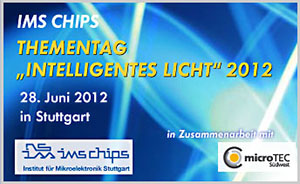 |
|
 |
|
2013
 KoSiF “complex systems in foil”
KoSiF “complex systems in foil” |
|
 |
|
 Opening ceremony of the clean room expansion
Opening ceremony of the clean room expansion |
|
 Photonic integration
Photonic integration |
|
 IEEE EDS PhD Fellowship Award 2013
IEEE EDS PhD Fellowship Award 2013 |
|
20009
 Gaussian Shape Beam by NIL Techno
Gaussian Shape Beam by NIL Techno |
|
 Jack Raper Award
Jack Raper Award |
|
 Hyperbraille Display
Hyperbraille Display |
|
2010
 REM image of an electron beam deflection unit for the “CHARPAN” project
REM image of an electron beam deflection unit for the “CHARPAN” project |
|
 |
|
 |
|
 TanDEM-X – radar satellite
TanDEM-X – radar satellite |
|
2011
 Cleanroom ground breaking ceremony
Cleanroom ground breaking ceremony |
|
 innBW Innovation Alliance Baden-Württemberg
innBW Innovation Alliance Baden-Württemberg |
|
 |
|
 First PRONTO workshop
First PRONTO workshop |
|
 GMM-Preis 2011
GMM-Preis 2011 |
|
2007
 SafetyEYE® camera system |
|
| |
 REM image of a template with 60 nm pillars for the “FANTASTIC” project |
|
| |
 Ultra-thin microchip: 20 µm thickness |
|
 |
|
2008
 Webseite VIP |
|
 Radar satellite TerraSAR-X |
|
 IdeenPark 2008 in Stuttgart |
|
 Festive ceremony at Haus der Wirtschaft in Stuttgart |
|
 Ultra-thin RFID chip on foil substrate |
|
 |
|
2004
 Cantilever Array
Cantilever Array |
|
|
2005
 EUV full field masks
EUV full field masks |
|
 |
|
 Joachim Burghartz
Joachim Burghartz |
|
 Image sensor chip IVP
Image sensor chip IVP |
|
|
2006
 |
|
 Chipfilm
Chipfilm |
|
|
2001
 IC_Lab experimental board
IC_Lab experimental board |
|
 Klaus von Klitzing
Klaus von Klitzing |
|
 ZBA350
ZBA350 |
|
|
2002
 APS star sensor camera
APS star sensor camera |
|
|
|
|
|
|
|
|
|
 10000 pixel – line sensor
10000 pixel – line sensor |
|
2003
 |
|
 Photomask Best Paper Award
Photomask Best Paper Award |
|
|
|
 HIPSCAN System
HIPSCAN System |
|
1998
 MORE-Phone |
|
 Aircraft docking system |
|
 SIOP SIOP neuro processor chip |
|
1999
 Retina implant |
|
 SOI membrane mask |
|
 Recording using HDRC® camera |
|
 FeLS start screen |
|
2000
 Low-Power Design Award |
|
|
|
 T-Gate (REM image) |
|
 Circular line sensor |
|
|
1995
 Single chip controller |
|
 CECC EN 100114 part 1 certification |
|
 EDA award |
|
|
1996
 |
|
 VISION prize 1996 |
|
 EASIE model trial |
|
|
1997
 Loglux camera |
|
 1. Photo diode array for subretinal implants |
|
|
|
|
|
|
1992
SMC group picture |
|
 Basic patent HDRC®-Bildsensoren |
|
1993
 3D Chip |
|
 ISO 9001 certification |
|
|
|
|
1994
 Bosch radio equipment with IMS HF transistors |
|
 Vector Arithmetic Coprocessor |
|
 SAND Board |
|
1989
2-µm-GATE FOREST |
|
|
|
|
1990
COMETT course participants |
|
Test structure layout |
|
MCM on Si carrier |
|
1991
AMK ASIC „AC3“ |
|
Wafer bonding |
|
6 inch wafer |
|
1986
Inauguration ceremony |
|
Clean room |
|
1987
Hohner chip |
|
|
|
|
1988
HL700 e-beam writer |
|
Control chip for fluorescent displays |
|
„Multi-Projekt-Chip“ |
|
1983
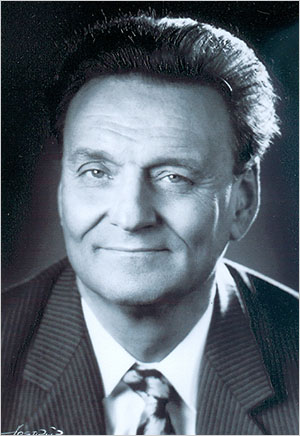 |
|
|
1984
IMS facility |
|
1985
Prof. Dr. Bernd Höfflinger |
|
|
|
|














